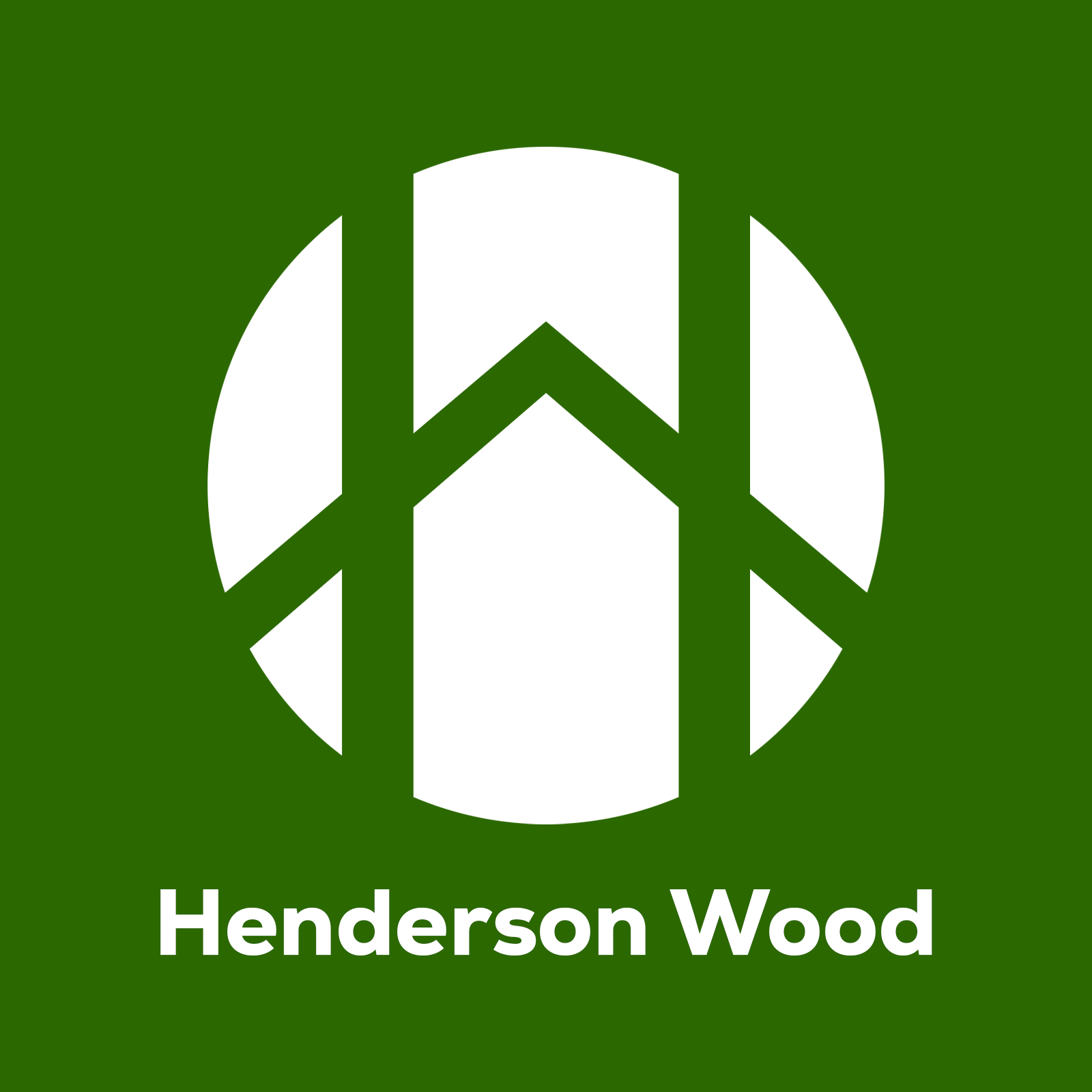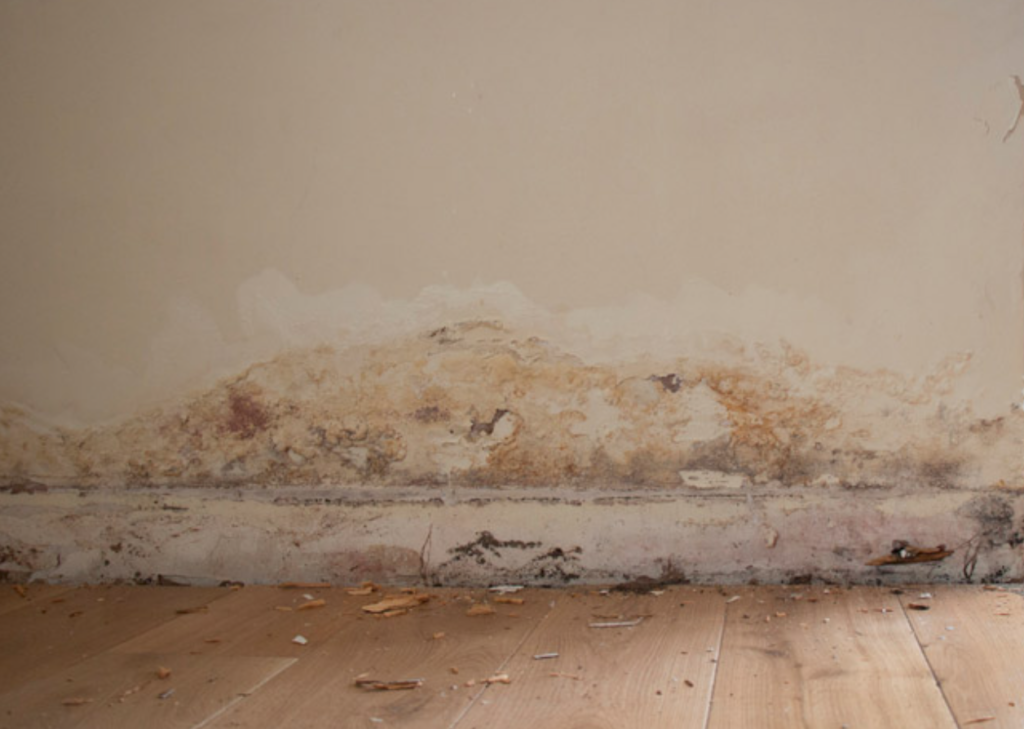Rising damp is a common problem in properties, particularly older buildings that may not have an effective damp-proof course. If left untreated, it can cause serious structural damage and create unhealthy living conditions. Here are ten key signs that indicate rising damp in your home.
Tide Marks on Walls
One of the most obvious signs of rising damp is the presence of tide marks on interior walls. These marks typically appear up to one metre above ground level and result from salts and minerals left behind as moisture evaporates.
Peeling Wallpaper or Paint
Excess moisture can cause wallpaper to peel away or paint to bubble and crack. If you notice this occurring near the lower parts of walls, it could indicate rising damp.
Damp or Musty Smell
Persistent damp or musty odours are a clear sign of moisture problems. Rising damp often carries a distinctive, stale smell that lingers in affected areas.
Damp Patches on Walls
Dark or wet patches on walls, especially near the skirting boards, suggest moisture rising from the ground. These patches may expand over time if the problem is not addressed.
Crumbling or Blistering Plaster
Moisture seeping into plaster can cause it to break down, resulting in crumbling or blistering surfaces. If plaster feels soft or powdery when touched, rising damp could be the cause.
Presence of White Salt Deposits (Efflorescence)
As moisture rises through the walls, it carries soluble salts that crystallise on the surface as the water evaporates. These white, powdery deposits are a strong indicator of rising damp.
Rotting Skirting Boards or Flooring
Timber structures, such as skirting boards and floorboards, absorb moisture from rising damp. This can lead to warping, softening, or even decay if left untreated.
Increased Humidity in Affected Areas
Rooms impacted by rising damp often feel more humid than other parts of the home. Excess moisture in the air can contribute to condensation and further damp issues.
Mould Growth Near Floors
Mould thrives in damp conditions. If you spot mould or mildew forming near the lower sections of walls, it could be a sign of rising damp.
Cold and Damp Interior Walls
Unlike condensation damp, which typically affects external-facing walls, rising damp makes the lower interior walls feel cold and clammy to the touch.
How to Address Rising Damp
If you suspect rising damp in your property, it is important to seek professional damp-proofing solutions. Installing or repairing a damp-proof course (DPC), improving ventilation, and treating affected areas with specialist products can help resolve the issue effectively.
Final Thoughts
Rising damp can have serious consequences if not dealt with promptly. By identifying these signs early, homeowners can take the necessary steps to prevent further damage and maintain a healthy living environment.

